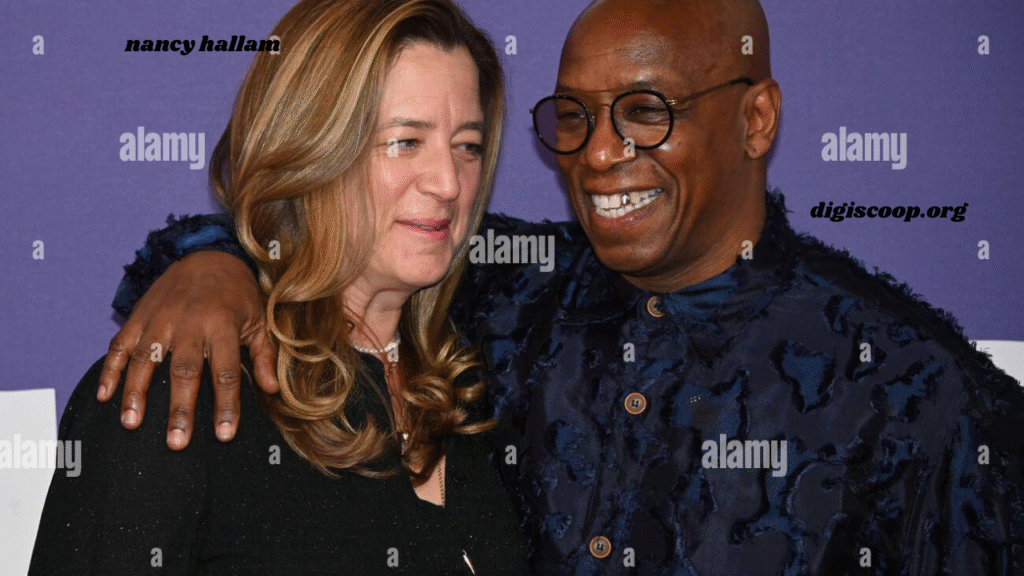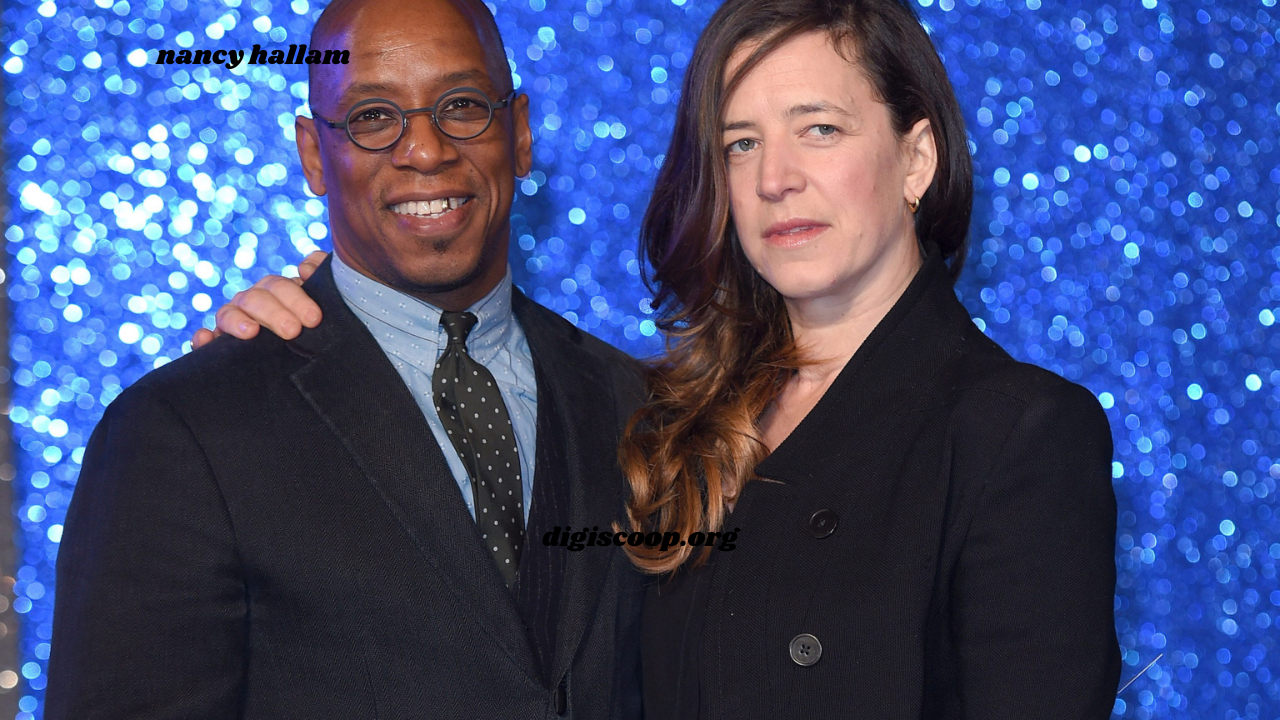The name Nancy Hallam carries with it the legacies of two distinct yet equally fascinating women from different centuries and backgrounds. One was a pioneering actress in 18th-century America, while the other is a contemporary British television personality. This article delves into the lives of both, exploring their contributions and the impact they’ve had in their respective eras.
🎭 Nancy Hallam (18th-Century Actress)

Early Life and Theatrical Beginnings
Nancy Hallam was born in England and was part of a theatrical lineage; she was the niece of actress Sarah Hallam and cousin to Isabella Mattocks. She began her stage career with the Old American Company, the first permanent theatre company in America, during her childhood. Her early involvement marked her as one of the pioneering actresses in North America.
Return to England and Training
In 1760, Hallam returned to England to receive formal training as a singer. This period of education enhanced her vocal abilities, which she later showcased in her performances.
Return to America and Rise to Prominence
By 1765, Hallam returned to America with David Douglass, who had visited England to recruit new actors. She quickly gained recognition for her Shakespearean roles and her singing talent. Notably, she took over principal female roles from Margaret Cheer and Sarah Hallam Douglass upon their retirements in 1769. Her performances were celebrated, and she became a prominent figure in colonial American theatre.
Iconic Role in Cymbeline
One of Hallam’s most celebrated performances was in the role of Fidele in Shakespeare’s Cymbeline. She first portrayed this character in Annapolis in 1770, a role that involved cross-dressing, which was a significant and bold choice for female actresses of that era.
Later Years and Legacy
Hallam returned to England in 1773, after which her activities are less documented. She is remembered as a trailblazer for women in theatre, and her legacy is preserved in part through a portrait by Charles Willson Peale. Her contributions paved the way for future generations of actresses in America.
📺 Nancy Hallam (Wife of Ian Wright)

Early Life and Career
Born in 1970 in England, Nancy Hallam is a television personality whose early life remains largely private. She pursued a career in television presenting, gaining recognition for her work in the industry. Details about her education and early career are not extensively documented, reflecting her preference for privacy.
Marriage to Ian Wright
In 2011, Hallam married Ian Wright, a former professional footballer and television personality. Their relationship garnered public attention, particularly when Wright revealed that they met in a pub in Notting Hill, where Hallam was unaware of his football fame. Wright has mentioned that her lack of recognition made a lasting impression on him.
Family Life
The couple has two daughters, Lola and Roxanne. Wright has spoken about the challenges of balancing his career and family life, emphasizing the importance of his relationship with Hallam.
Public Appearances
Nancy Hallam has accompanied Ian Wright to various public events, including charity functions and television appearances. Despite her husband’s public profile, Hallam maintains a relatively low public profile, focusing on her family and personal life.
🧬 Common Threads: Legacy and Influence

Both women named Nancy Hallam have made significant impacts in their respective eras and fields.
- Pioneering Women: The 18th-century Nancy Hallam was among the first female actresses in America, breaking societal norms and paving the way for future generations of women in theatre.
- Modern Influence: The contemporary Nancy Hallam, through her marriage to Ian Wright, has been part of the public eye, supporting her husband’s career and contributing to the visibility of women in the media.
Also Read : Len Pullen: Visionary Innovator, Artist, and Leader ??







